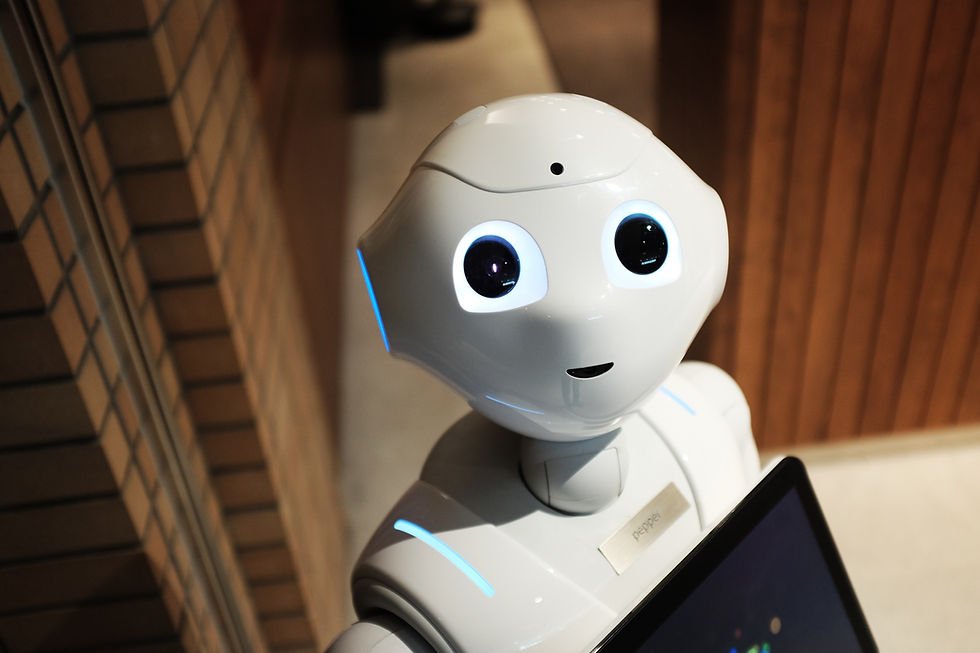The Digital Duet: AI and The Designer Unleashing Creativity in the Age of Artificial Innovation!
- May 15, 2024
- 0 min read
Running Faster Than I Thought: Flat Shoes and Basketballs

Experience the future of art with the AI running basketball – a stunning fusion of technology and human witty nature. Crafted entirely by artificial intelligence, each intricately designed branch and leaf showcases the precision of algorithms, transforming into virtual diamonds that sparkle with captivating brilliance. This groundbreaking masterpiece redefines the art of sporty, marrying cutting-edge AI innovation with the timeless allure of running courtside in a dazzling display of creative artwear, wearing a basketball!
Basketballs and tennis shoes
AI and the Designer
In the realm of creative design, AI tools have emerged as invaluable assets, revolutionizing the creative process for designers. One particularly transformative aspect is generative AI, a technology that empowers designers by autonomously producing content. Generative AI operates by learning patterns from vast datasets, enabling it to generate novel and innovative designs, thereby sparking new avenues of creativity. AI as a tool for creators empowers creative designers with inspiration, rapid prototyping, collaboration, and innovative solutions, while revolutionizing an artist imaginative expression and design processes.

The Benefits of Generative AI
AI images are crafted through generative models that learn to understand and replicate visual elements. These models utilize deep learning algorithms, such as GANs (Generative Adversarial Networks), to generate realistic and visually appealing images. The process involves training the AI on diverse datasets, allowing it to grasp intricate details and produce images that mimic the style and characteristics of the input data.
Generative AI proves instrumental for creative designers by offering a multitude of benefits. Firstly, it serves as a wellspring of inspiration, generating novel and diverse ideas that can spark creativity. The technology's ability to learn from vast datasets enables designers to explore new design possibilities and break away from conventional approaches.
Generative AI also accelerates the design process, providing quick iterations and prototypes. This expedites the experimentation phase, allowing designers to refine and optimize their creations more efficiently. Additionally, the technology facilitates collaboration by generating a wealth of diverse concepts, fostering a collaborative environment where teams can collectively shape and refine styles to memorized audience for decades.
Moreover, generative AI helps in overcoming creative blocks by offering fresh perspectives and alternative solutions. It introduces a level of unpredictability that can lead to unexpected and innovative outcomes. Overall, as a tool for creative designers, generative AI serves as a catalyst for inspiration, accelerates the design process, enhances collaboration, and acts as a creative partner in pushing the boundaries of artistic expression in pleasantly wild manner yet fun and functional.
AI Text vs. AI Images
Comparing AI images to AI text reveals the distinct strengths of each. While AI images excel in visual creativity, AI text demonstrates prowess in generating diverse and contextually relevant written content. The interplay between these two facets of AI augments the creative designer's toolkit, fostering a collaborative environment where visual and textual elements converge to redefine the boundaries of innovation in design. In essence, AI tools stand as indispensable aids, empowering creative designers to explore uncharted territories and redefine the landscape of artistic expression.
Art and more Art with AI

In the symphony of innovation, The Digital Duet of AI and the designer emerges as a harmonious force, unleashing intensity in the age of creativity. Together, they redefine artistic boundaries, inspire limitless possibilities, and compose a future where technology and design seamlessly intertwine. As we navigate this dynamic partnership, the crescendo of creativity reverberates, promising a future where the collaboration between human ingenuity and artificial intelligence conducts a masterpiece of perpetual innovation. The stage is set for designers to embrace the transformative power of this digital duet, orchestrating a new era where creativity knows no bounds.
Generative AI vs. Responsive AI
What is Responsive AI Key Differences and Purpose
Responsive AI: Focuses on providing accurate and relevant responses to specific inputs.
What is Generative AI Key Difference and Purpose
Generative AI: Focuses on creating new, original content.
Generative AI
Generative AI refers to systems that can create new content, such as text, images, music, or even entire virtual environments. These systems generate outputs that are not merely responses to inputs but are created based on learned patterns from the training data.
Creation of New Content: Generative AI models, like GPT-4, can produce original articles, stories, images (using models like DALL-E), and other types of content.
Learning Patterns: They learn from a large amount of data and understand the patterns within that data to create something new that fits within those learned patterns.
Applications: Text generation (e.g., essays, poems, code), image generation, music composition, and more creative fields. For instance, generating human-like text responses in chatbots, creating new designs in fashion or architecture, and generating synthetic data for simulations.
Responsive AI
Responsive AI, on the other hand, focuses on providing appropriate and accurate responses to given inputs. These systems are typically designed to understand and process inputs and then provide relevant and accurate outputs based on that understanding.
Response Generation: Responsive AI models are designed to respond to user queries or actions with accurate and relevant information or actions.
Pattern Recognition: They recognize and process patterns in the input data to provide a meaningful response but do not necessarily create new content beyond what is required to answer the query.
Applications: Customer support, personal assistants (like Siri or Alexa), search engines, recommendation systems, and automated service agents.
While generative AI is about creating new content and expanding beyond the given inputs, responsive AI is about accurately and appropriately responding to inputs based on existing information and learned patterns. Both play crucial roles in advancing the capabilities of artificial intelligence, but they serve different purposes and applications.







Comments